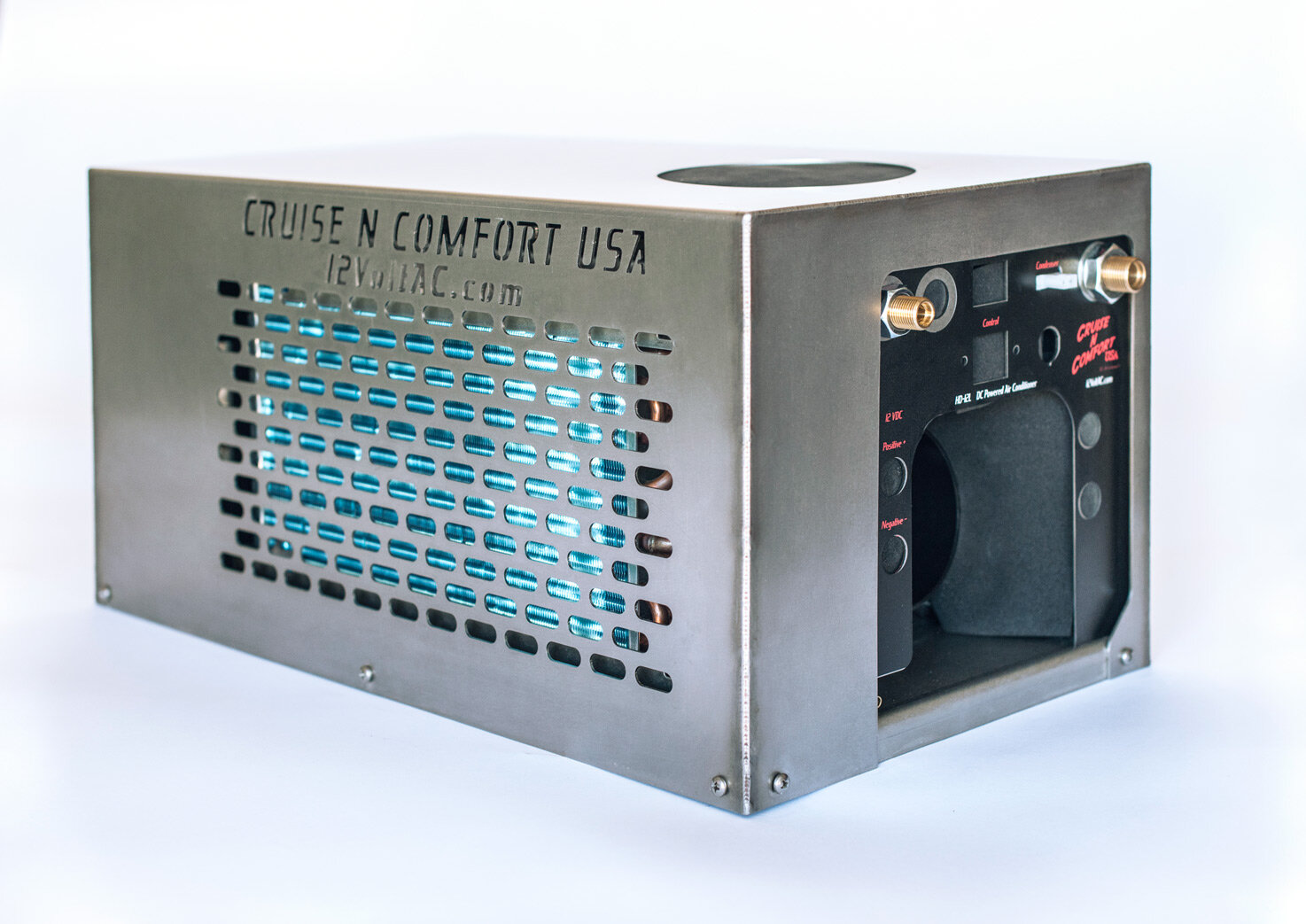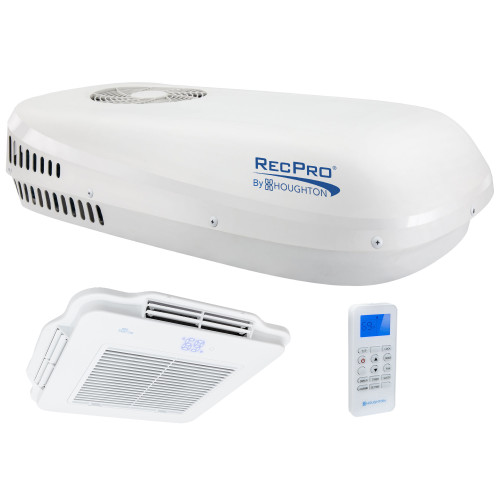ReluctantTraveler
Well-known member
After researching a bunch of options, I think I've landing on the Mabru rooftop AC for the expedition vehicle I'm planning out (a flatbed cab-over camper on an F-550/5500 platform).
Where I'm maybe a bit stuck is on whether I can get away with 1 unit, or if I need 2.
Our build will be about 150 sq ft, with rear bunk and cabover sleep areas. Both the bunks and cabover will have light block curtains for privacy.
The Mabru is not a ducted system. Do you think one centrally located unit (12,000 btu) will sufficiently cool the space, or should we have two units: one for the main area with the bunks and another for the cabover?
Similarly, would a centrally located MaxAir fan (or similar) work for the whole camper, or should I be looking at two?
In case anyone's curious about electrical draw, 500ah of LiFePo4 gets you about 8-10 hours of continuous use. I'm planning for 800ah, plus 1k watts of solar and a DC-to-DC charger from the truck alternator, which should get us close to continuous use off-grid unless it's stormy.
Where I'm maybe a bit stuck is on whether I can get away with 1 unit, or if I need 2.
Our build will be about 150 sq ft, with rear bunk and cabover sleep areas. Both the bunks and cabover will have light block curtains for privacy.
The Mabru is not a ducted system. Do you think one centrally located unit (12,000 btu) will sufficiently cool the space, or should we have two units: one for the main area with the bunks and another for the cabover?
Similarly, would a centrally located MaxAir fan (or similar) work for the whole camper, or should I be looking at two?
In case anyone's curious about electrical draw, 500ah of LiFePo4 gets you about 8-10 hours of continuous use. I'm planning for 800ah, plus 1k watts of solar and a DC-to-DC charger from the truck alternator, which should get us close to continuous use off-grid unless it's stormy.


